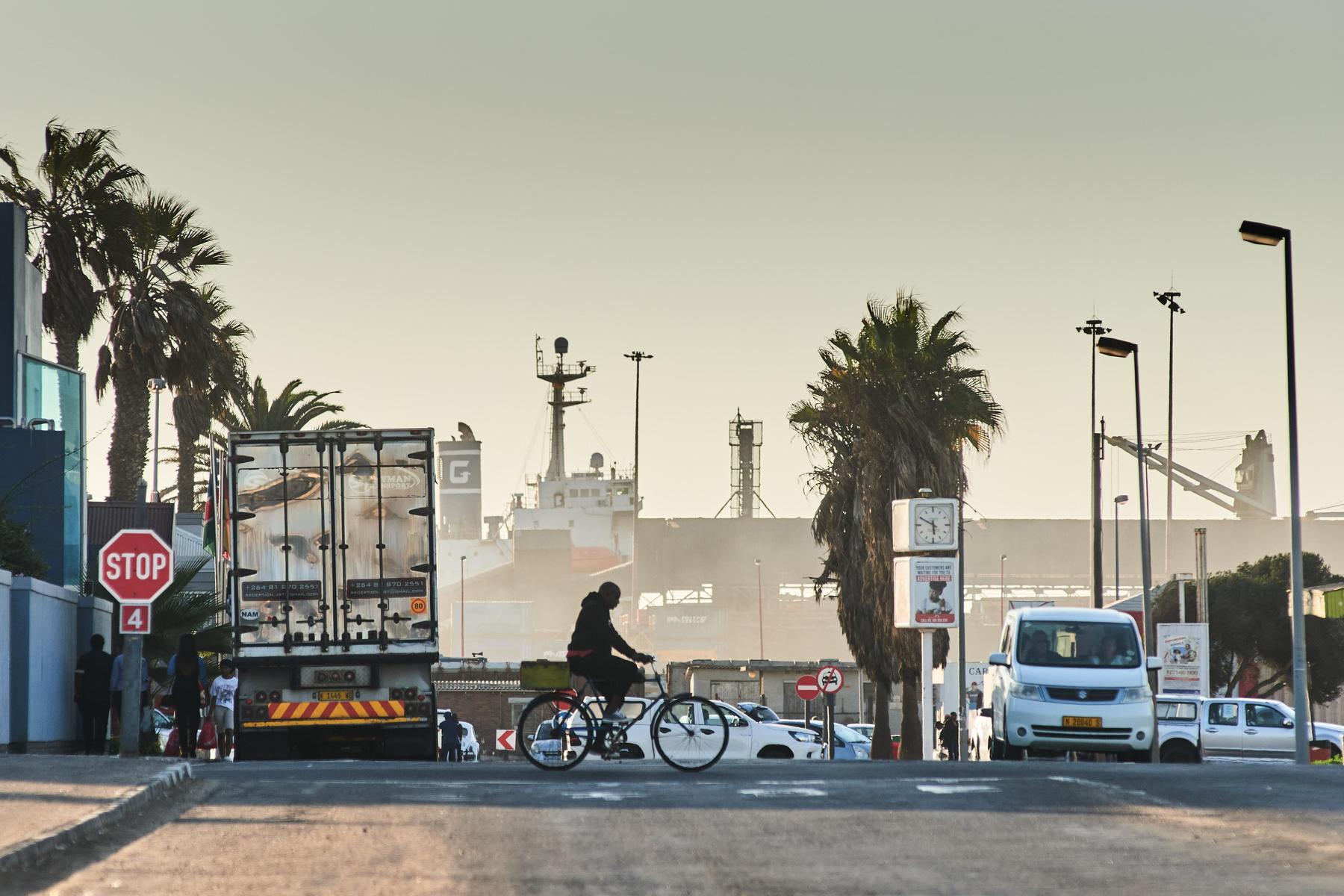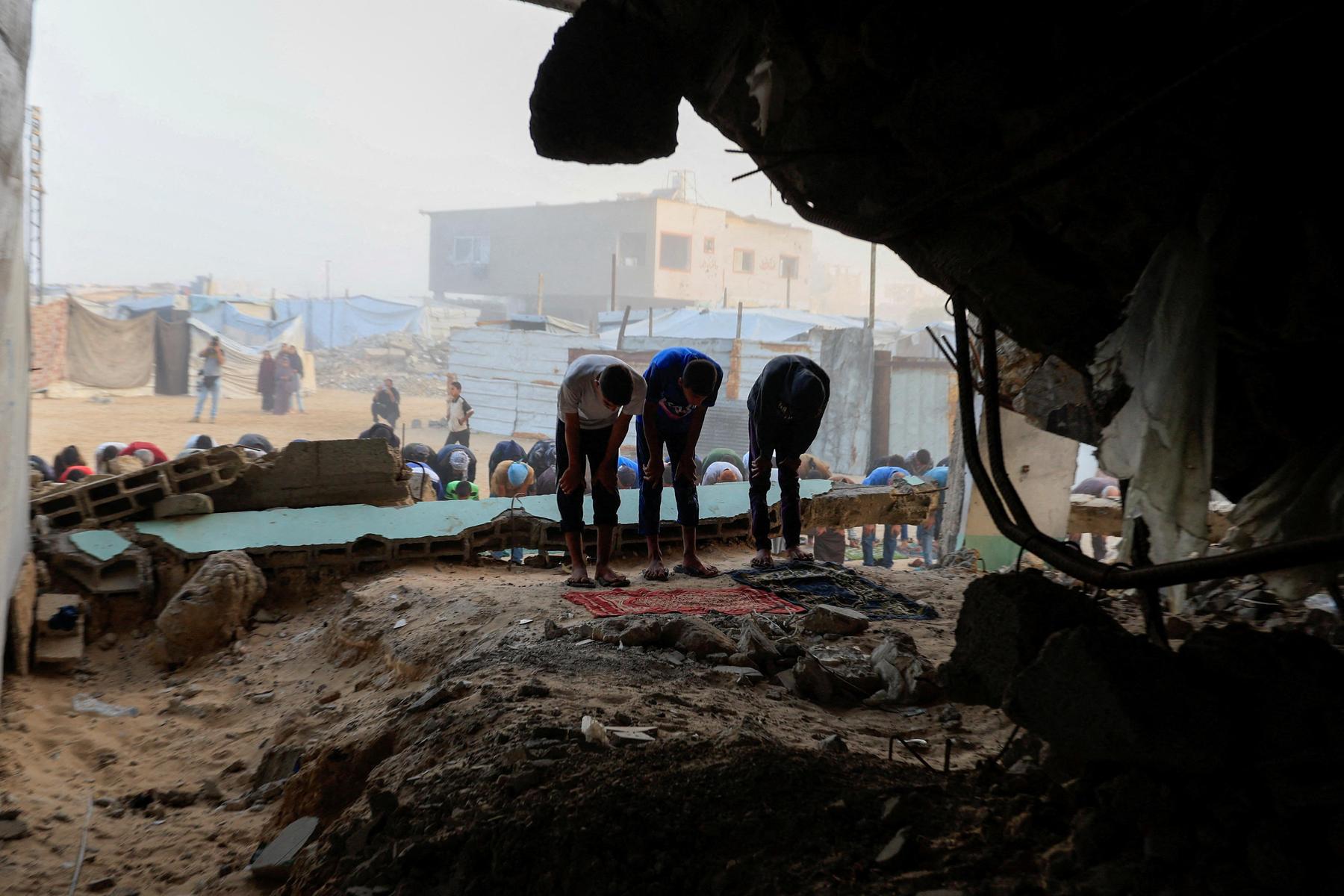Namibia’s plans for green industrialization – Diepresse.com

The majority of agriculture still lives in Namibia, which should change quickly. Green hydrogen is said to become a foundation for clean industrial production.
The old electricity plant in the Namibian port town of Lüderitz is experiencing a renaissance. It was built in 1911 when the diamond industry needed energy. The coal was imported at the time.
Today the building on the Atlantic coast of the Southwest African country is freshly renovated. On the first floor, the Hyphen Hydrogen Energy company is working on the energy of the future: from 2029 it wants to export green hydrogen in the form of ammonia. Disposal systems are intended to provide water for electrolysis, huge solar and wind farms. The investment volume almost corresponds to the gross domestic product, the Namibian government is involved in the company.
« It is an opportunity that my home only gets once in life, » enthuses project developer Jan-Barend Scheepers. Because Namibia has only three million inhabitants, a project like Hoghen can pave a new way for the future of the country. So far, Namibia has primarily exported diamonds, fish and wood, the majority of the population lives from agriculture. But that should change: Namibia wants to develop from raw material exporter to a sustainable industrial state. By 2030, the proportion of economic output from the processing industry is now expected to grow from 15 percent to 42 percent. In addition to Lüderitz, two other energy centers are to be built on the coast.
« All necessary raw materials available »
James Mnyupe, Namibia’s commissioner for green hydrogen, sits in his glazed office in the capital Windhoek. As an economic advisor of President Hage Geingob, who died in February 2024, he developed Namibia’s hydrogen strategy. It is said to be a key to the desired green industrialization. According to the « Blueprint for Namibia’s Green Industrialization », social inequality and unemployment are to be drastically reduced, the latter from over 33 percent to 2.3 percent in 2030. It is a goal that is « probably not achieved », mnyupe admits, but the claim remains.
Production of green hydrogen should be a foundation for the construction of other industries, such as for the production of electrolysers, solar modules, green steel or directly reduced iron. « We have no large industrial complexes that have to be decarbonized first, » emphasizes Mnyupe. Namibia has the chance to build on a clean production from scratch and thus become a regionally important business location in the south of Africa. « All raw materials used for the energy transition are available in this region. Namibia could process and export them with its own green energy. »
The Namibian Economo Salomo Hei is skeptical. First of all, the basics would have to be created, he says. And by that, he not only means the expansion of the infrastructure necessary for the boom or the fact that many households have to be connected to the electricity and water supply in the first place. Namibia’s economy has grown in recent years, says Hei, but: « This growth was not inclusive. It has remained an illusion for most Namibians. » A wide growth is needed, orientation to the existing specialists, industries that create many jobs. Risks and alternatives would have to be carefully weighed, he also says with a view to the oil and gas exploration taking place in parallel off the coast. His home should not fall into the « trap of ecocolonialism », says Hei. Unlike in the past, the exploitation of new resources must also benefit the majority of the local population.
However, investors and government put the pace at the green hydrogen, they do not want to miss the advantage as a first mover, i.e. as pioneers of the new branch of industry. For many, this is too fast. « Namibia is not ready for projects of this size, » says Ronny Dempers, director of the Namibia Development Trust. Civil society organizations warn of a possible debt trap, a breeding ground for corruption. « The transparency leaves something to be desired, » says Dempers. And Namibia is not yet ready for the political and legal framework. « We fear that guidelines and laws in parliament will simply be waved through. »
Two years for environmental studies
The question of whether the prescribed environmental studies are carried out with the necessary independence and care under this time and investment pressure is also in the room. Especially with a view to the hyphen project. An ammonia factory, desalination systems and a deep sea port are to be built on the coast. The first marine and island protection area of Namibia is in the immediate vicinity. The desert landscape, the former Diamond restricted area, the today’s Tsau-Khaeb National Park, is an internationally recognized biodiversity hotspot, which is often referred to by developers as an empty canvas..
The Namibian government has divided the entire area into several concessions for renewable energies and the production of green hydrogen. Before the final investment decision is to be made at the end of 2026, around two years have been planned for environmental studies. And take Namibia Ernst, emphasized Namibia’s President Netumbo Nandi-Indaitwah at a hydrogen summit in Windhoek. « Nature conservation is not a freestyle, but a duty that is stipulated in our constitution. » Namibia is determined to establish a balance between economic development and ecological maintenance.







